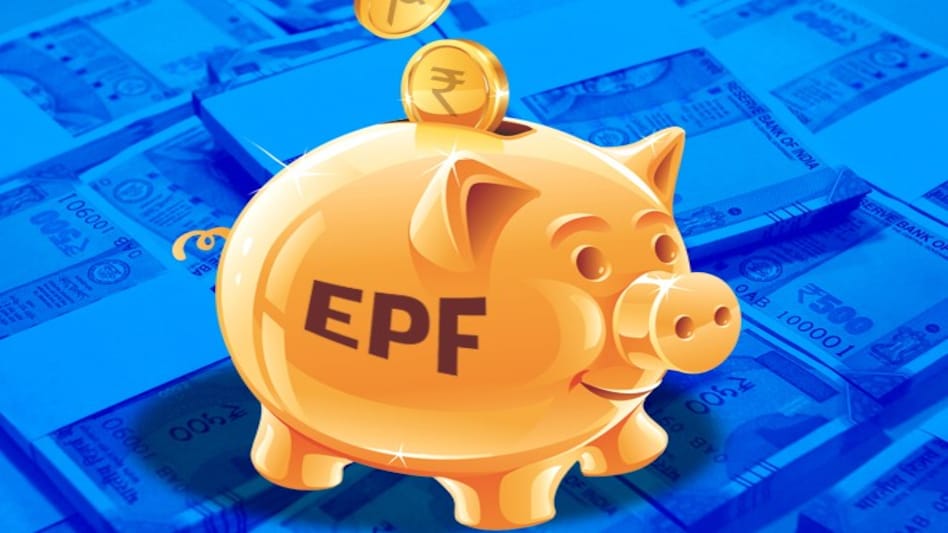 Govt reduced EPF contribution limit for employers and employees both from 12% to 10%
Govt reduced EPF contribution limit for employers and employees both from 12% to 10% Govt reduced EPF contribution limit for employers and employees both from 12% to 10%
Govt reduced EPF contribution limit for employers and employees both from 12% to 10%In relief to employers and employees, Finance Minister Nirmala Sitharaman made two key announcements on Wednesday regarding contribution towards Employees' Provident Fund (EPF).
First, the government has extended EPF benefit for another three months for companies employing up to 100 workers of which 90 per cent earn less than Rs 15,000 each per month. In March the FM had announced that under Pradhan Mantri Garib Kalyan Package (PMGKP), the government will pay EPF contribution for employers and employees for such establishments for three months from March to May. It has now been extended for another three months-June to August.
Further, it reduced EPF contribution limit for employers and employees both from 12% to 10% for companies not eligible for 24 per cent EPF support under PM Garib Kalyan Package and its extension. CPSEs and state PSUs will however continue to contribute 12 per cent as employer contribution.
"Under PMGKP, payment of 12 per cent of employer and employee contributions was made into EPF accounts of eligible establishments. This was provided for March, April and May 2020. This support will be extended by for June, July and August. This will provide liquidity relief of Rs 2,500 crore to 3.67 lakh establishments and 72.22 lakh employees," says FM Sitharaman said in the press release.
It will provide relief to about 6.5 lakh establishments covered under EPFO and about 4.3 crore such employees, releasing liquidity of Rs 6,750 crore to employers and employees over next three months.
While the move to reduce the EPF contribution from 12 per cent to 10 per cent will increase your take-home salary, it will reduce your investments under section 80(C) for the financial year 2020-21 since EPF contribution qualifies for tax deductions under Section 80-C. You may consider hiking the investment amount under any other section 80-C investments such as PPF or VPF.
Also Read: 1st tranche of Rs 20 lakh crore package doesn't hit government exchequer; here's why
"With the reduction in EPF rates, some taxpayers may have to relook at deductions they want to claim under Section 80C, especially with the new regime kicking in," says Archit Gupta, Founder, and CEO, ClearTax.
Besides, if you are financially stable and do not need your EPF contribution to get reduced, you can invest the balance in VPF that attracts the similar rate of return as EPF and also qualifies for tax break under section 80-C. "EPF contribution is being cut but those with stable incomes can balance their contributions by increasing VPF contributions and continuing to make use of this best-in-class investment scheme which still offers an assured rate of return higher than other debt investments," says BankBazaar CEO Adhil Shetty. The interest rate on VPF and EPF is 8.5 per cent at present compared to 7.1 per cent on PPF. You can open your VPF account by approaching your HR.
Also Read: BT Insight: Looking for PPF-like benefits but higher returns? Here's what you can do
Anshul Prakash, Partner, Khaitan & Co says this is a welcome step at least from social security perspective as against the previous approach of covering smaller establishments. "While the contribution rate reduction is laudable, it could have been the case where EPFO could have subsidised for all establishments the overall contribution for employees within Rs 15,000 monthly wage bracket," he says.